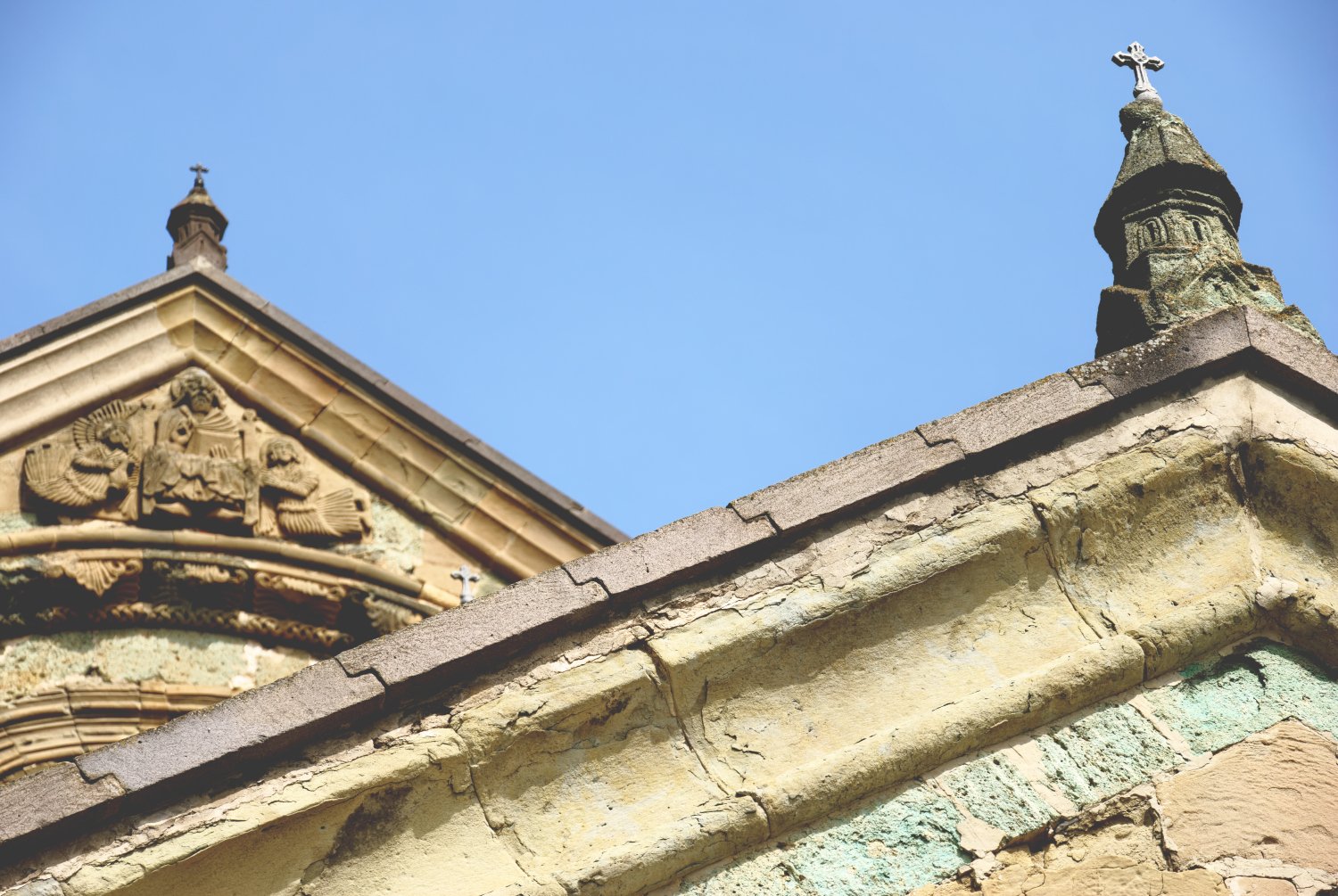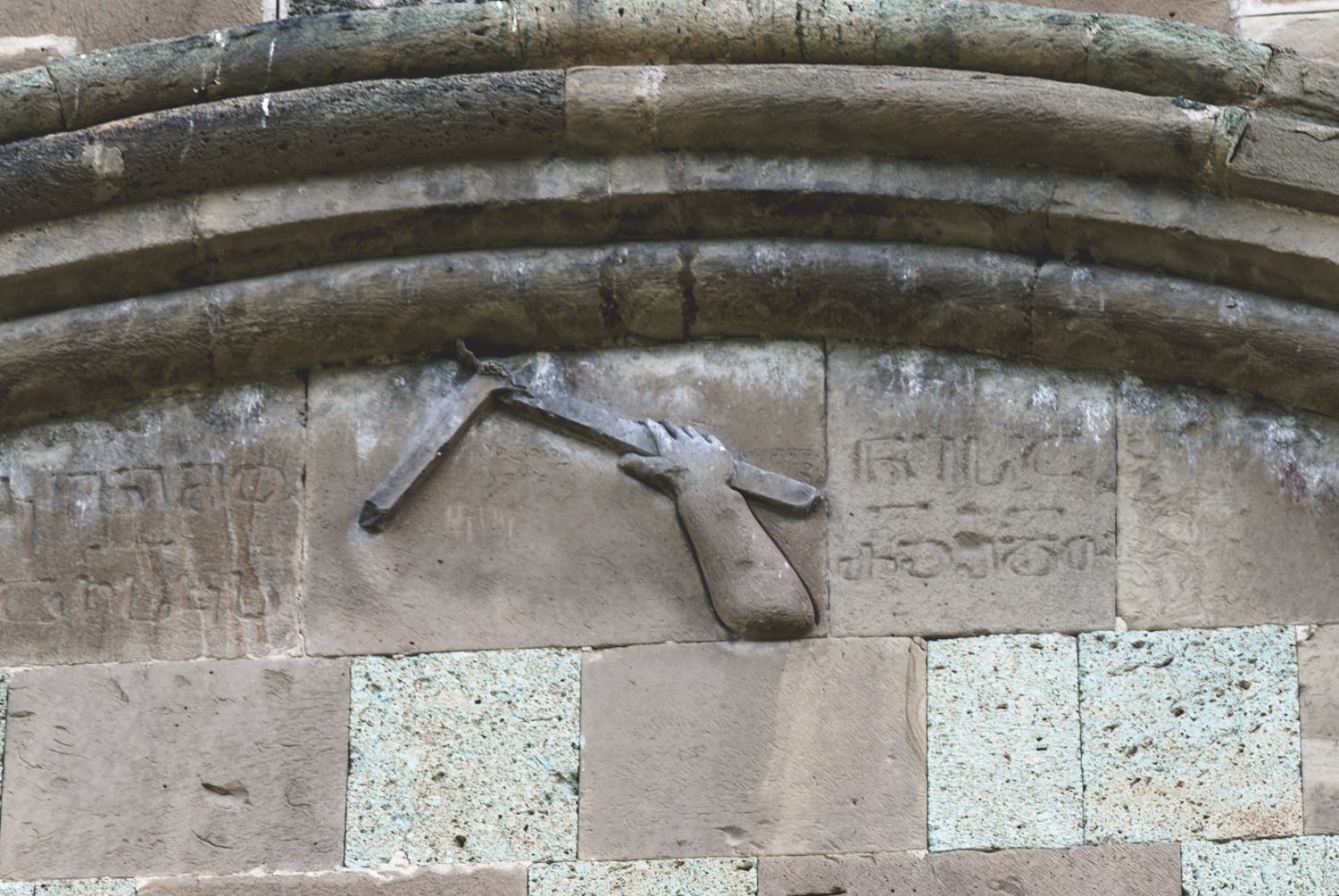145 - Joey Stalin and Arsukidze’s Right Hand (Gori to Mtskheta, Georgia)
"But who prays for Satan? Who, in eighteen centuries, has had the common humanity to pray for the one sinner that needed it most?"
— Mark Twain
EVERY INFAMOUS MASS-MURDERING TYRANT HAS TO START SOMEWHERE. Gori is where Joseph Stalin got his, living there until age three. The house where he was born is enshrined within a Greco-Italianate pavilion, along with a museum dedicated to his life. History has not been kind to Joey, but some Georgians still see his reign as the halcyon days of yore. For them, Stalin was their native son, an outsider that “conquered” Russia, rising to power through wit and ruthless ambition. (I used to find such loyalty baffling. Not anymore. After soaking up recent years of US politics, I’m starting to fully appreciate blind tribal adherence.) The museum contains a plethora of pictures and personal artifacts, none less unsettling than a bronze death mask with a room of its own.
Until three weeks after my visit, there was a twenty-foot statue standing tall in Gori’s central square (Municipality Administration), the only such monument to survive Nikita Khrushchev's de-Stalinization program left untouched after Georgia's independence from the Soviet Union at the citizens’ request. Local officials eventually moved under cover of darkness, whisking away Joseph without notice or fanfare. In a city where a disturbing number still celebrate Joey’s birthday, this vexed the diehards. They petitioned to have the statue resurrected, but it didn’t come to pass. I’ve read about plans to erect it outside or inside the museum, but as far as I can glean from the interwebs, it still lies forlorn on a government installation on the outskirts of town. Poor Joey. In the meantime, makeshift statutes still pop up around the city from time to time.
Courtesy of ALL in 4K.
Mtskheta, the one-time capital of the eastern Georgian kingdom of Iberia, sits thirteen miles north of Tbilisi at the junction of the Mtkvari and Aragvi rivers, a once bustling trading port. At the center, you’ll find one of the most sacred churches in Georgia, the Svetitskhoveli Cathedral (Church of the Life-Giving Pillar). The church’s history is rife with religious intrigue.
There once was a Jew from Mtskheta. Elias the Jew decided, for reasons unknown, to become Elias the Christian and just happened to be in Jerusalem during Christ's crucifixion. After the death of Jesus, he managed to purchase the robe Christ wore from a Roman guard. He then took it to Mtskheta where he was met by his sister Sidonia. She became so overwhelmed by emotion after touching the robe, she dropped dead.
Unable to pry it from Sidonia's grasp, both were buried on the site of the future church. From that spot, an immense Lebanese cedar sprouted from the ground. Some three hundred years later, the timber from this tree was used to build the first Christian Church in Georgia by King Mirian. Of the seven columns crafted for the purpose, one is reputed to have mystical powers, for it rose of its own accord and remained suspended above the construction site. Only a marathon of prayer by St. Nino (credited with bringing Christianity to Georgia) brought it back to earth. From the column trickled a magical elixir with the power to cure illness, hence the name—“sveti” means “column,” while “tskhoveli” signifies “life-giving.”
The church, as it now stands, dates from the 11th century and is the third building to be constructed. Remnants of the life-giving pillar are surrounded by a glass enclosure inside. You will also find Sidonia's grave, a baptismal stone dating from the 4th century, the tombs of Georgian kings, and a replica of the Chapel of Christ's Sepulchre in Jerusalem, constructed to denote this cathedral as the second-holiest place in the world.
By the 11th century, the church needed some tender loving care, so the religious authority hired a talented architect named Arsukidze to restore the structure’s former glory. Most of what you see today is his handy work. Success had a price. A government minister, Arsukidze's mentor in fact, was so displeased that his pupil’s accomplishments outshone his own, he had his right hand cut off. Ouch. A relief high on the northern façade denotes this gruesome history.
Above Mtskheta on the hill overlooking the rivers’ confluence stands the Jvari Monastery. St. Nino had a cross erected on the sight as a symbol of Christianity’s triumph over paganism. Over the years, a series of churches were built, increasing in size with each successive improvement. I would’ve loved a peak inside, but I was barred entry for my insolent fashion choice, i.e. shorts. Poop.
Courtesy of ALL in 4K.
































